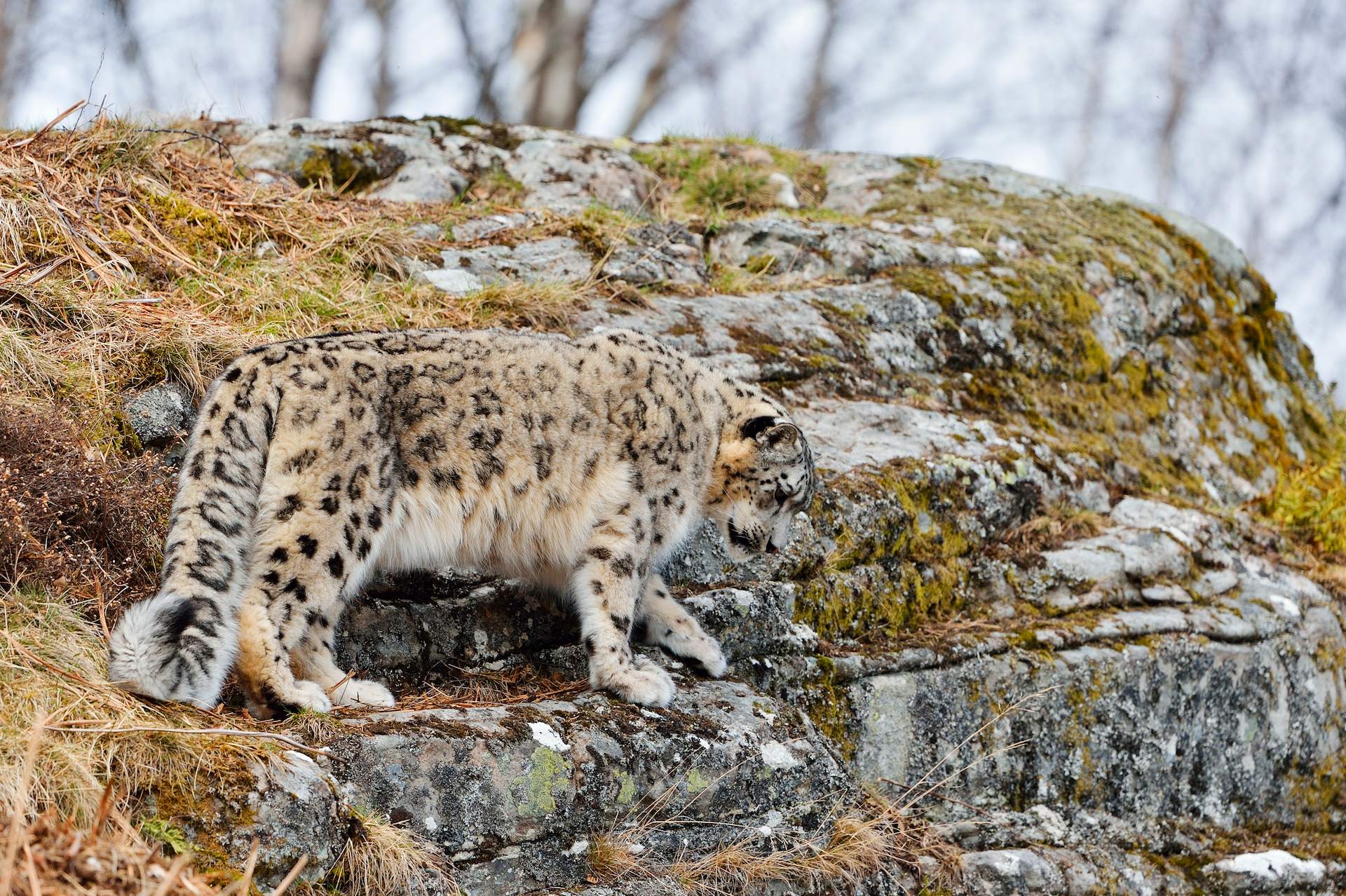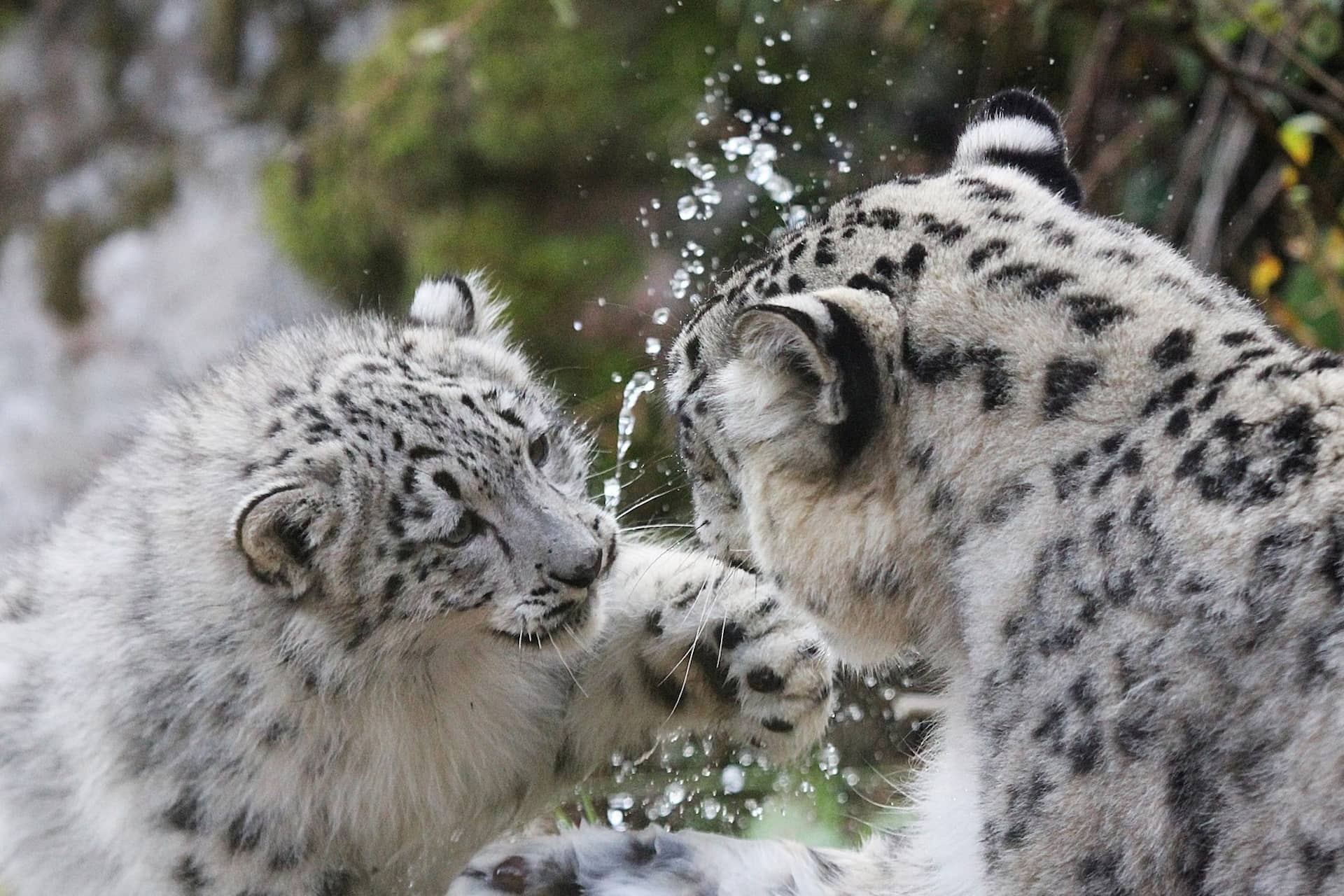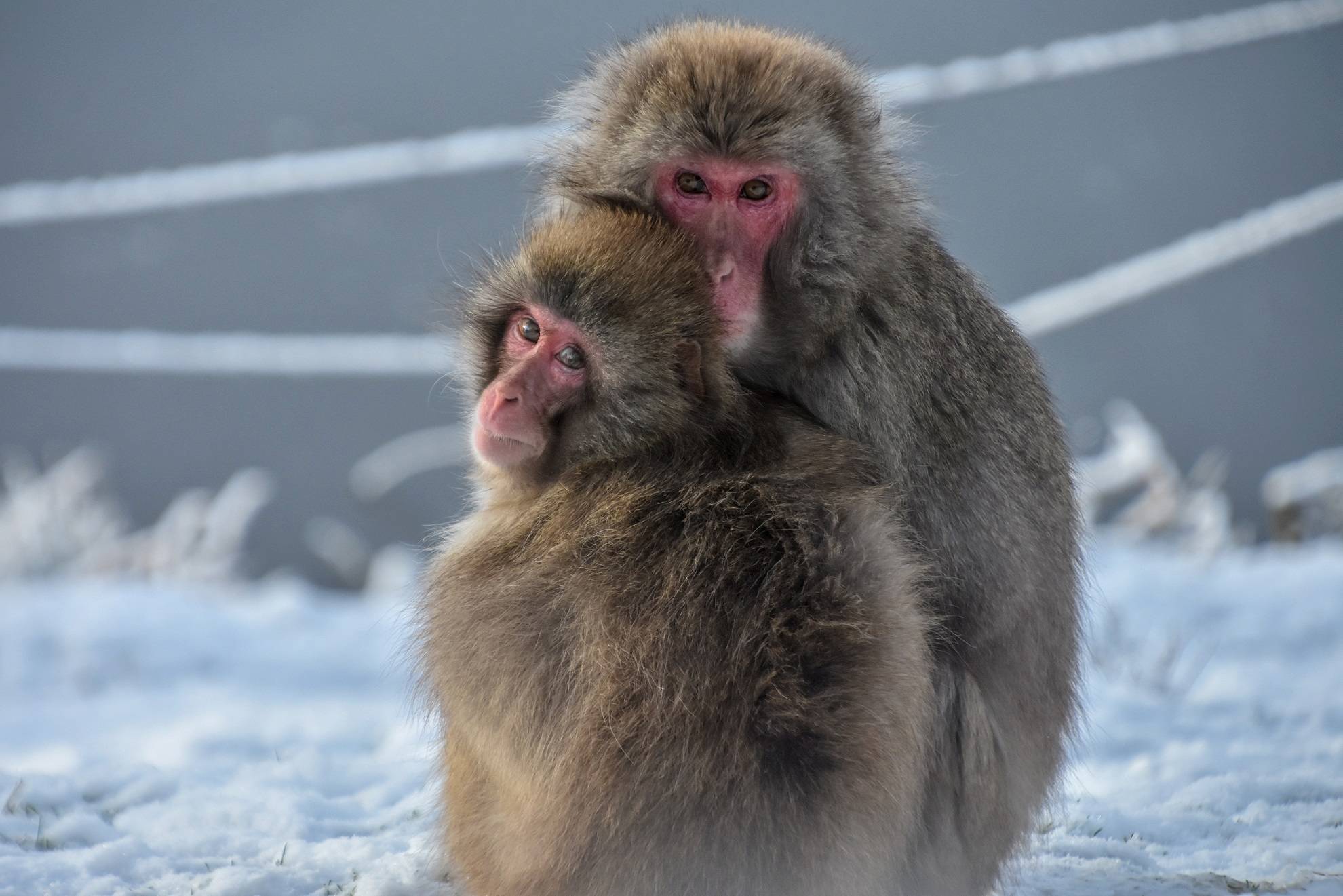Snow leopard
Uncia uncia

We have one snow leopard at Highland Wildlife Park. Our adult male, Koshi, arrived in 2020 from The Big Cat Sanctuary.
Population
Decreasing
Diet
Carnivore
Habitat
Mountains
Fact file
Snow leopards can be found in the harsh, remote, mountainous areas of central Asia. They are protected throughout much of their natural range and international trade is banned
Unlike other big cats, snow leopards can't roar
They are well adapted for cold environments. To help fight the cold weather they have long, thick, fur with large paws and an enlarged nasal cavity that warms the cold air as it is breathed in
Their long, thick tail is almost one metre in length and is used for balance as well as insulation when wrapped around the body and face when resting

How we're helping
Like all the animals in our care, our snow leopards are amazing ambassadors for their relatives in the wild and help hundreds of thousands of people connect with nature every year. They encourage visitors to learn about the threats facing wildlife and the action they can take to help create a world where nature is protected, valued, and loved.
As a wildlife conservation charity, we care for the animals here at the park and work to protect species at risk around the world. From providing expertise in genetics and veterinary health to protecting wild places with local conservation partners, and even restoring threatened species to the wild, we are active where we are needed most.
Find out more about RZSS conservation
